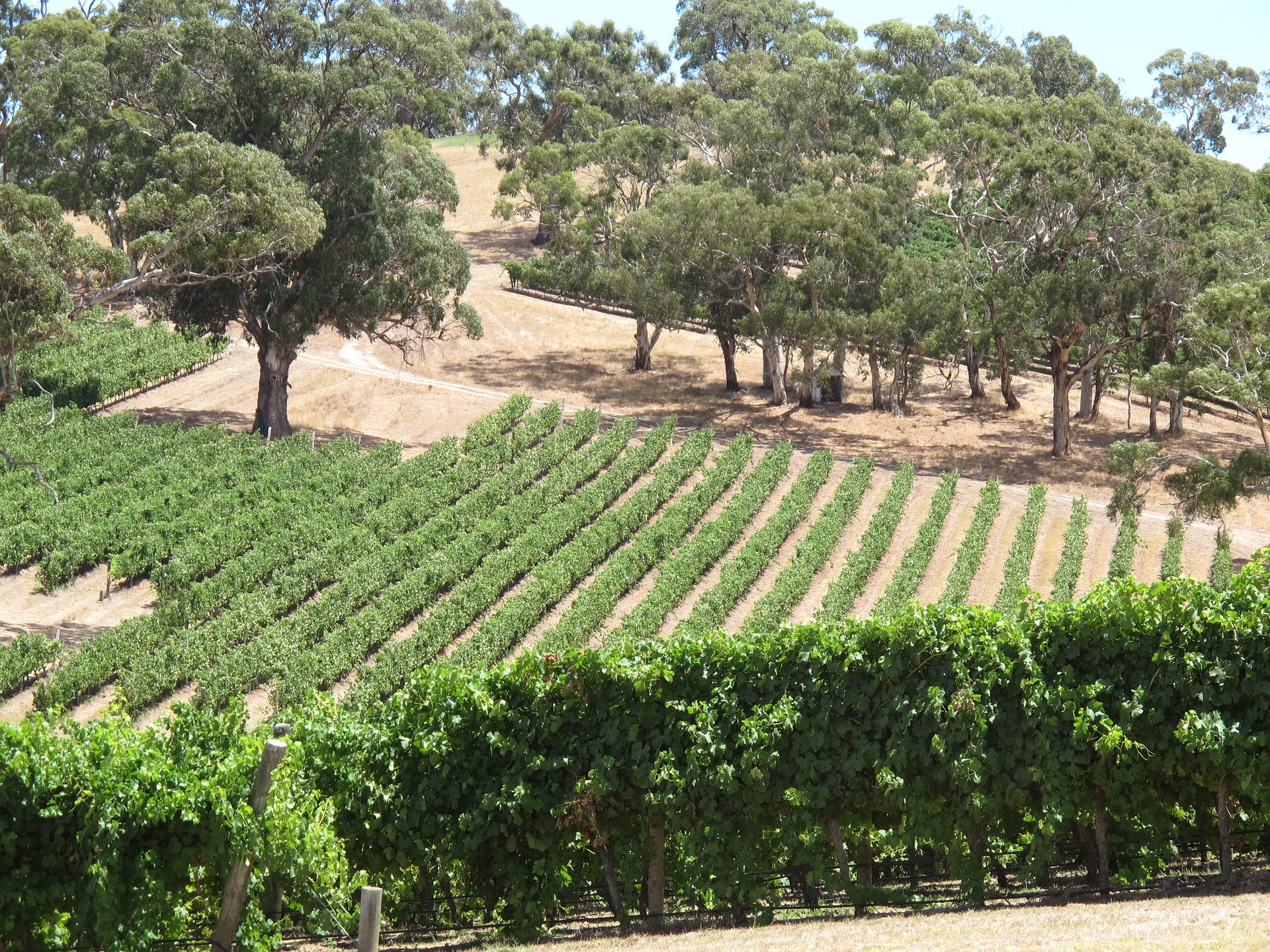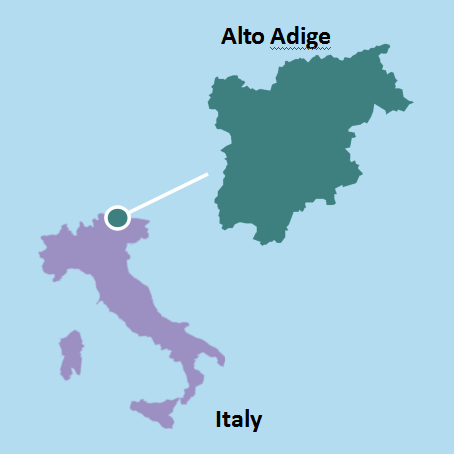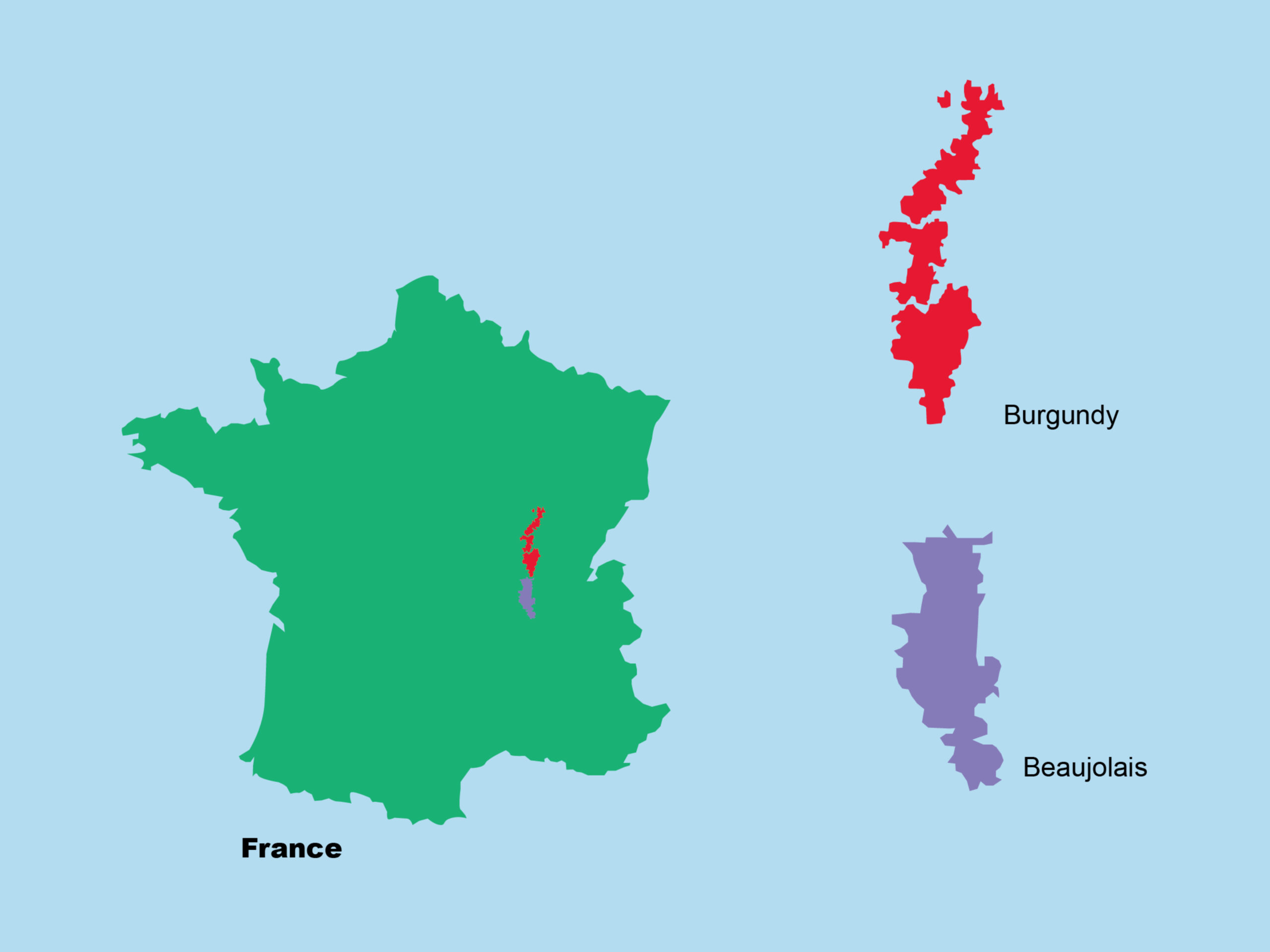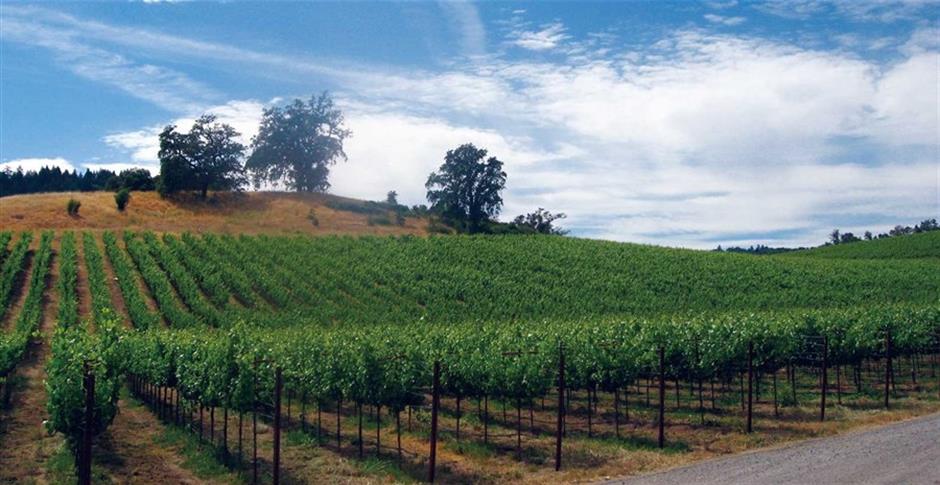The world’s best dry white wines all have something in common, namely cool evening temperatures during the growing season. Of course, there are many other factors that are important in making superior white wines, but the difference in temperature between sunny days and cool evening is critical. Adelaide Hills in Southern Australia has the perfect climate to make fresh white wines with good acidity. The high elevation of the vineyards results in cool evening temperatures, while the sloping vineyards provide ideal exposure to the sun. The result is complex white wines with abundant fruit but also a high degree of acidity. The excellent balance between the fruit and acidity is what make the white wines of this region so impressive.

Adelaide Hills is the oldest wine region in Southern Australia with vines being cultivated as early as 1839. In the late 19th century and most of the 20th century the popularity of the wines was supplanted by regions like the Barossa Valley that made big, robust red wines. However, in the 1980s dry and fresh white wines returned to vogue and the wines of Adelaide Hills gained in popularity. The three most important varieties of this region are the white wine grapes sauvignon blanc, chardonnay and Riesling.
Pioneer South Australian producer Petaluma makes an elegant and expressive wine called Piccadilly Valley Chardonnay that features pear and peach flavors and a long fresh finish. Excellent when released, this Chardonnay gains even more complexity after a few years in the bottle. The company’s second line of wines is Bridgewater named after their Adelaide Hills restaurant. The Bridgewater Sauvignon Blanc is a very affordable wine with typical cool climate crispness and stimulating tropical fruit flavors with a clean mineral finish. Unlike its Chardonnay older brother, this wine is best enjoyed young.
Another leading producer in Adelaide Hills is Shaw and Smith, two cousins who decided to make wines over a lunch in 1989. Since this auspicious meal, their company has gone from strength to strength making award-winning, highly expressive wines of character. Their Sauvignon Blanc is a pure expression of the variety with no oak aging. The wine has an intriguing grassy and herbal character with a lively acidic finish. The company also makes a barrel fermented and oak aged, single vineyard wine called the M3 Vineyard Chardonnay. The sensations of oak in the wine are subtle, while the delicious yellow fruit and mineral aromas and flavors literally jump out of the glass.
Without wearing our the word, the excellent balance of the whites from Adelaide Hills means that these wines are extremely food-friendly matching very nicely with a myriad of seafood, cheese and white meat dishes. Personally, there are few more enjoyable experiences that when I enjoy these Sauvignon Blanc wines with sashimi (go light on the wasabi) or lightly smoked salmon or trout. The substance of the Adelaide Hills Chardonnays benefits from weightier foods like fish or lobster in a nice white sauce or Cantonese roasted suckling pig.





